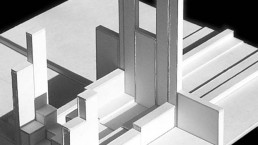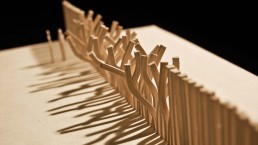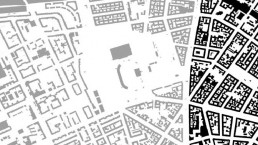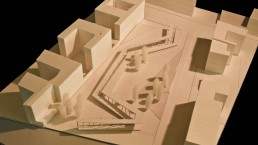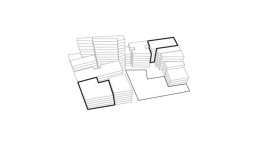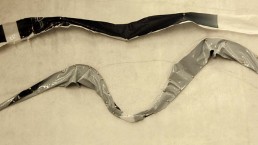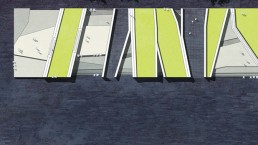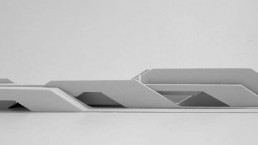ARTIFICIAL LANDSCAPE 1
STUDIO
WS 06/07
Artificial landscapes in recreational worlds and theme parks are part of our everyday culture. They portray real existing landscapes and offer extraordinary spaces and experiences, often contrasting the actual environment. From a design perspective, they are highly condensed spaces and technically elaborate spaces, promising a trip out of the every day life to their visitors. They are to temporary kidnap their visitors into a ‘paradise’ and to facilitate the experience of ‘the other’ in landscape and ‘nature’.
Contemplation and relaxation, stepping out of the ordinary into the world of ‘the other’ are basic need of human beings. The satisfaction of these needs in urban parks and recreational spaces are a major topic in the development of landscape architecture. The artificial landscapes of flourishing recreational worlds and theme parks offer this in an exemplary way, yet remain largely unappreciated by the profession and dismissed as commercial and cheesy.
The design studio examines the spatial and aesthetical characteristics of such artificial landscapes based on current theme parks and recreational resorts. It questions, whether artificial landscapes can also be perceived and designed in a more abstract way. Other questions include the propinquity to kitsch and commerce and whether the design repertoire can be extended by investigating these highly concentrated mise-en-scène of landscapes.
The topic is worked on through an experimental design approach. We are looking for new, unusual solutions to artificial landscapes that have not yet been incorporated into the traditional design repertoire of landscape architects. Project site is the Spree in Berlin-Kreuzberg.
In 'Marioland', youths and adults are given the opportunity to experience themselves as 'Mario', jump over abysses, defeat enemies and collect points on the way. In eight different levels, whose themes are inspired by the real game (grass/steppe landscape, cave, desert, jungle, water world, ice landscape, sky, ghost castle), the visitors can test their skills. A Tetris building block structure, which can be recognized from the outside, is used as a framework for the individual levels, which allows for variable possibilities of use on the inside. Through an active path with stairs etc., the visitor Mario advances from level to level.
